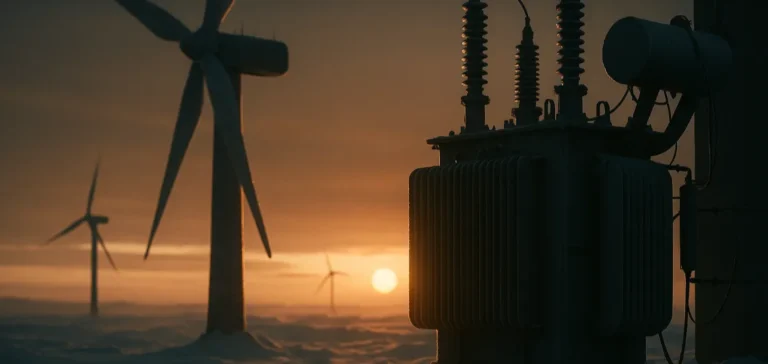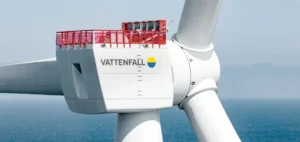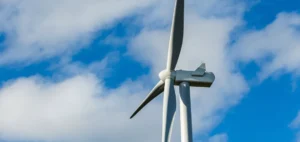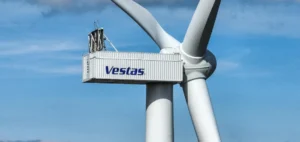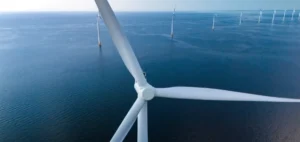The Ministry of Industry and Trade of the Russian Federation (Minpromtorg) has reported that it is working on polar-adapted wind turbines to power facilities along the Northern Sea Route (NSR). The announcement was made by a department manager, who explained the focus on equipment capable of operating in extreme conditions. The stated aim is to gain industrial expertise and reduce dependence on imported technologies. No manufacturer has been publicly named at the time of writing.
Industrial parameters and NSR scope
State Atomic Energy Corporation Rosatom (Rosatom, Russia’s State Atomic Energy Corporation) has been designated NSR’s infrastructure operator since 2018, which includes the coordination of projects related to ports, navigational aids and logistics bases. This responsibility places the public company at the center of the road’s coastal and island energy needs. The authorities present the NSR as a route that will reduce the distance between Europe and Asia by around 40%, with a framework of mobilized state investment. The need for a stable power supply for terminals and auxiliary sites is a direct application for special turbines in the Arctic environment.
The existing industrial network suggests several anchor points for an industry adapted to refrigeration. NovaWind JSC (NovaWind, Rosatom’s wind power subsidiary) manages the Group’s wind power projects and assets, and documents developments in demanding climatic zones. Industrial capacities associated with components (towers, blades and assemblies) reinforce the option of local production. The presence of operating entities such as the Federal State Unitary Enterprise Atomflot (FSUE Atomflot) on the NSR also structures the sites’ energy requirements. These elements establish an industrial framework within which an “arctic configuration” could be qualified and deployed.
Technical background in polar conditions
Operational references already exist in the Russian Arctic, which are usefully comparable to the requirements in question. In Tiksi (Republic of Sakha), a New Energy and Industrial Technology Development Organization (NEDO) demonstrator has deployed three cold-resistant wind turbines, integrated into an isolated microgrid. These machines have been designed to operate down to -50°C and in strong winds, with anti-icing and low-temperature lubrication solutions. Public documentation points to a reduction in diesel consumption in this network.
The Murmansk area, meanwhile, has seen the development of a reference park beyond the Arctic Circle, illustrating the logistical possibilities for transport and assembly in tight climatic windows. These projects, although not explicitly labelled “arctic configuration”, describe foundation, routing and lifting solutions adapted to storm conditions. They provide a benchmark for site planning and supply chain management in sub-arctic environments. Incorporating this feedback can help reduce the calendar risk for future deployment along the NSR.
Engineering constraints and material implications
Turbines destined for the Arctic require de-icing systems, oils and greases calibrated for extreme cold, hardened electronics and mechanical casings treated against embrittlement. Generators with permanent magnets (typically made of neodymium-iron-boron) and anti-icing devices on the blades are key to technical availability. Qualifying components for low-temperature and icy atmospheres has a direct impact on load factors and maintenance schedules. These parameters structure the viability of port micro-networks and isolated coastal facilities, priority targets for the Arctic logistics axis.
In this context, the announcement of Minpromtorg is part of a trajectory to equip the Arctic route, combining coastal stations, navigational aids and support bases. The next observable steps will be to identify delegated project owners, qualify the “arctic” models for industrial use, and designate pilot sites. As the road’s infrastructure is managed under the aegis of Rosatom and its dedicated entities, a vector for implementation exists if the technology is validated and budget volumes are agreed. The absence of a company list at this stage directs attention to official publications, public contracts and forthcoming industrial communications.


